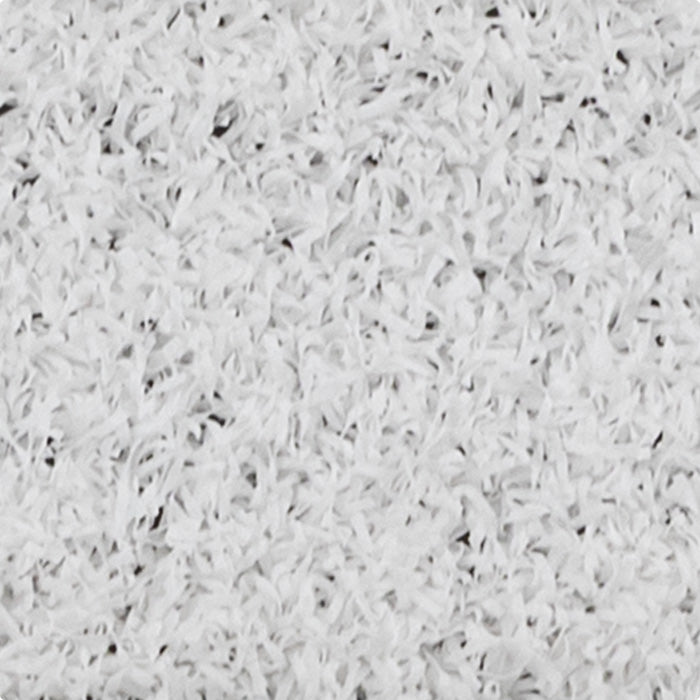Synthetic Cricket Pitch Frequently Asked Questions
Today’s modern synthetic turf pitches are purpose-designed to offer the same playing experience as grass wickets – but with much less maintenance. Traditional turf wickets are notoriously difficult to keep in top condition and poor wickets can produce inconsistent results for bowlers. An artificial grass cricket pitch on the other hand plays just like a grass wicket, without the need for a skilled groundsman to maintain it. Cricket pitch artificial grass offers a cost-effective, long term solution that means your wicket is never muddy or dry and cracked. Artificial grass for cricket pitch applications can also be customised to create specific types of surfaces that produce different spin, speed and bounce characteristics.
A synthetic cricket pitch can last for up to ten years when properly installed, however with frequent use comes the need for frequent maintenance. The lifespan of your synthetic pitch will depend on the quality of the cricket grass, the amount of use it receives, and the level of maintenance it receives.
For synthetic pitches, good rubber shoes are important for grip, especially when soil or moisture from the outfield ends up on the pitch. Synthetic turf players should always go for a rubber-soled shoe. Rubber-soled cricket spikes feature dimples that are only a few millimetres long, meaning they are less likely to damage a synthetic wicket.
Synthetic cricket pitches don’t require much maintenance, but there are a few things you can do to keep your synthetic pitch looking its best and performing at its best: Brush the turf regularly to remove any dirt and debris – this also helps the fibres stand up tall and helps prevent excessive flattening of the synthetic grass. Every month or so, spray the artificial cricket pitch with water to remove any build-up of dust, dirt or pollen. It’s also wise to inspect regularly for any signs of damage on your artificial grass cricket ground.



